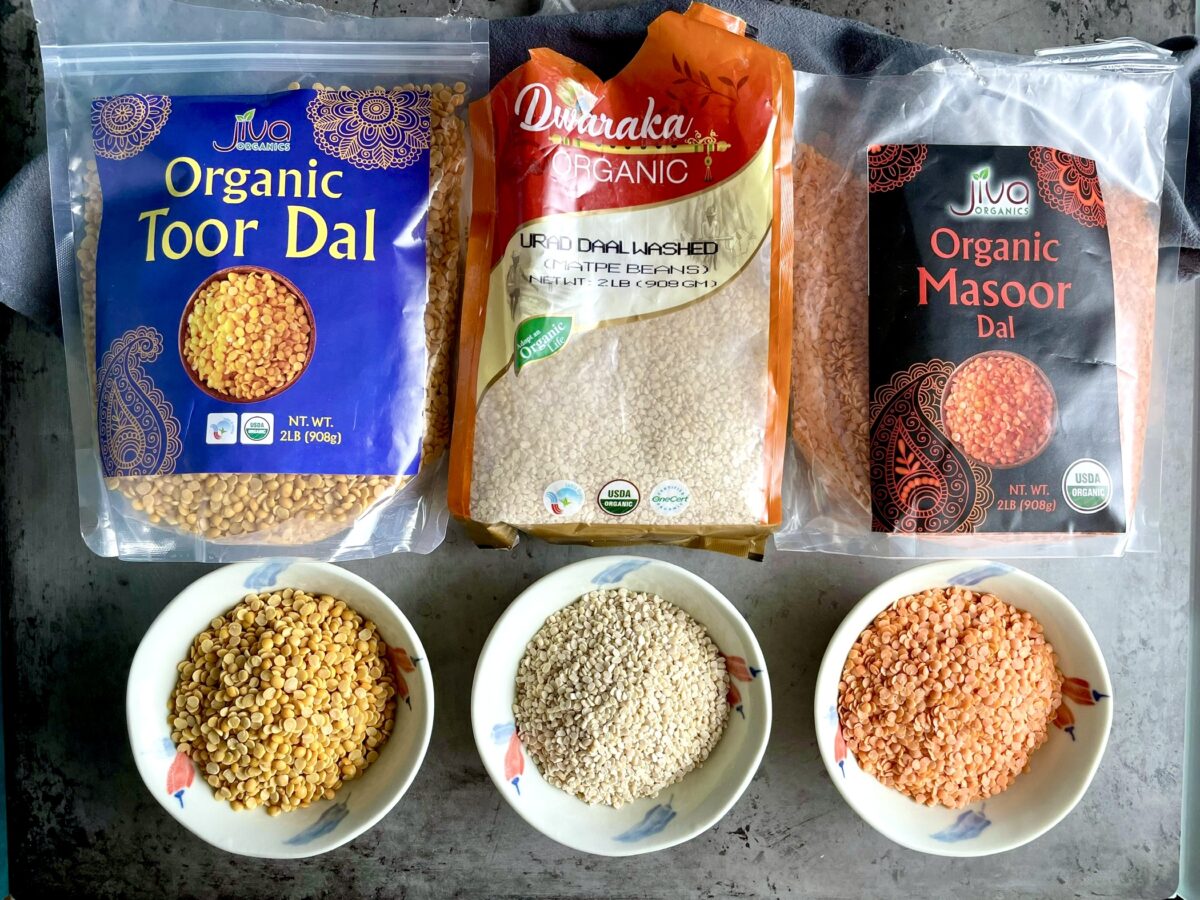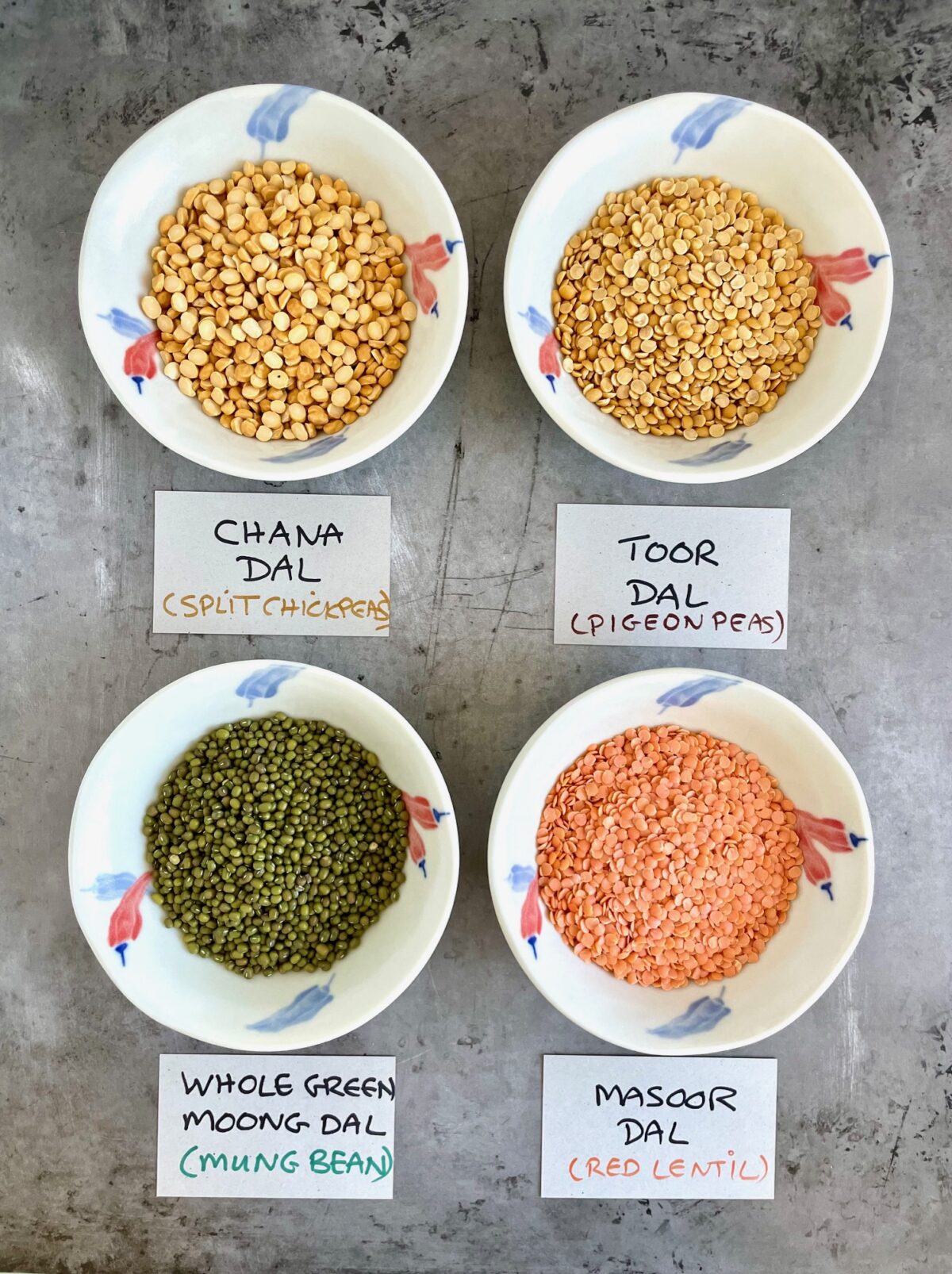I’ve been digging into this whole gluten-free thing lately, and it’s a real maze, let me tell you. Today, I decided to tackle urad dal, also known as black gram. I mean, is it gluten-free or not? That’s the big question. So, I rolled up my sleeves and started my little investigation.

First, I grabbed a bag of urad dal from my pantry. The package didn’t really say much, just your usual stuff about it being high in protein and fiber. Good to know, but it didn’t answer my gluten question. So, I started checking out different brands and producers online. I was looking for that magic “certified gluten-free” label, you know?
Next, I moved to reading articles and forums. Turns out, urad dal is naturally gluten-free. That’s a relief! But here’s the catch – sometimes it gets mixed up with other stuff during processing or packaging. Cross-contamination, they call it. So, if you’re super sensitive to gluten, you gotta be careful.
Then, I went a bit deeper and started looking at how people actually use urad dal. I found a bunch of recipes for things like dal makhani and even some desserts. It’s pretty versatile stuff. Most recipes didn’t mention anything about gluten, which makes sense since it’s naturally gluten-free. But some folks did point out that you should always double-check the ingredients, just in case.
I also learned that urad dal flour is a thing. You can use it in place of regular flour in some dishes. Again, it’s supposed to be gluten-free, but you want to make sure it’s not processed in a facility that also handles wheat or other gluten-containing grains.
Then, I looked into how to store urad dal flour to make it last longer. The basic rule I found was the classic – store it in an airtight container in a cool, dry place. Nothing new there.

My Findings
- Naturally Gluten-Free: Urad dal, in its natural form, doesn’t have gluten. That’s good news for anyone avoiding gluten.
- Cross-Contamination Risk: The big “but” is that it can get contaminated during processing. So, if you have celiac disease or are very sensitive, you need to be extra cautious.
- Certified Gluten-Free is Key: If you’re on a strict gluten-free diet, look for urad dal or urad dal flour that’s labeled “certified gluten-free.” This means it’s been tested and meets certain standards.
- Good Source of Nutrients: It seems urad dal is packed with protein, fiber, and some important vitamins and minerals.
- Versatile in Cooking: People use it in all sorts of dishes, from savory to sweet.
- Easy Storage: You can store urad dal flour in an airtight container, in a cool, dry place.
So, after all this digging, I feel pretty confident saying that urad dal is a safe bet for a gluten-free diet, as long as you’re mindful of the cross-contamination thing and look for that “certified gluten-free” label if you need to be extra careful. It’s a healthy and versatile ingredient that I’m excited to experiment with more in the kitchen!